Survival skills are essential for anyone who ventures into the outdoors or wants to prepare for unexpected emergencies. These capabilities are not just for adventurers or extreme sports enthusiasts but are critical for anyone to ensure safety and self-reliance in uncertain situations. This post delves into the core survival skills necessary for navigating the challenges of the wild and unforeseen circumstances in urban settings. From finding and purifying water to building shelters and starting fires, mastering these skills can make the difference between thriving and merely surviving when faced with nature’s unpredictability.
Contents
Finding And Purifying Water
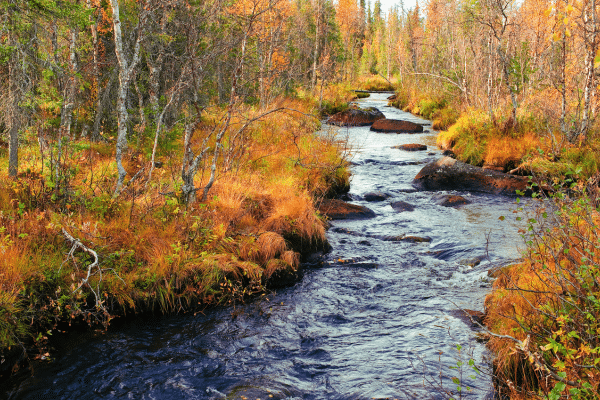
Water is the lifeline in survival situations, making the ability to locate and purify it a top priority. Various environments present different challenges in finding water; for example, in forests, streams or rivers are common, while in arid areas, one might need to collect dew or dig for groundwater. Techniques such as using clothing to absorb dew and digging wells in dry riverbeds can prove lifesaving. Once water is found, purification is crucial to remove pathogens and contaminants. Boiling, chemical treatment, and filtration are reliable methods to ensure water is safe for drinking.
The process of purifying water cannot be underestimated, as consuming contaminated water can lead to severe illnesses. Methods like solar water disinfection, using iodine tablets, or portable filters are effective for making water potable. In survival scenarios, knowing multiple purification techniques is advantageous, as resources may be limited. The ability to improvise and utilize available materials to create a makeshift water filter or distiller can turn precarious situations into manageable ones.
Building A Shelter
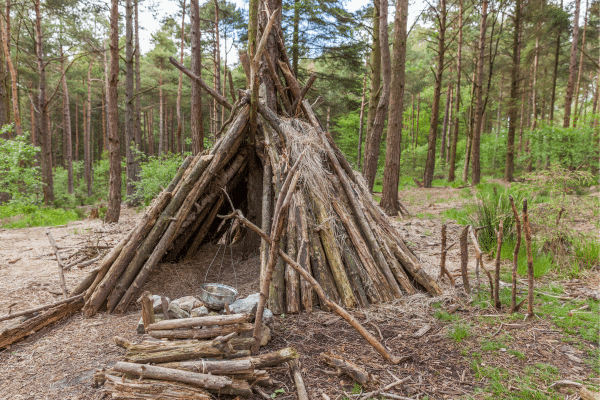
Shelter is paramount for protection against the elements and can be a haven in hazardous conditions. The first step in building a shelter is choosing a safe location, away from natural hazards and capable of providing insulation and protection. Materials available in the environment, such as branches, leaves, and snow, can be used to construct different types of shelters, such as lean-tos, debris huts, or snow caves. The design should aim to retain body heat, block wind, and repel water.
Constructing a shelter requires not only materials but also the know-how to use them effectively. Techniques like creating a sturdy frame, insulating the ground, and ensuring the shelter is waterproof are critical. Even in urban environments, the principles of shelter building apply; finding spaces that offer protection and warmth can significantly increase chances of survival. Regular practice in different environments enhances the ability to build shelters quickly and efficiently, a vital skill when time is of the essence.
Starting A Fire
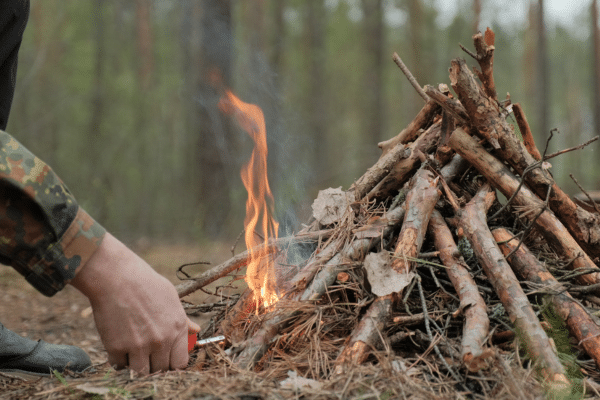
Mastering the art of fire starting is crucial for warmth, cooking, and signaling. In wet conditions, finding dry tinder and kindling is challenging yet essential for ignition. Different fire-starting methods, like using a flint and steel, matches, or a magnifying glass, should be familiar to anyone in a survival situation. Preparation, such as gathering ample firewood and creating a fire bed to prevent moisture from seeping in, ensures a sustainable fire. The fire’s location matters too; it should be safe, away from flammable materials, and positioned to signal for help if needed.
Sustaining a fire once it is lit involves managing the fuel and oxygen supply. Techniques like building a reflector wall to direct heat and using specific wood types for longer burn times are beneficial. In survival scenarios, fire serves multiple purposes beyond warmth, including cooking food, purifying water, and deterring wildlife. Knowledge of different fire structures, like tepees, log cabins, and star fires, can optimize resource use and address specific needs, such as cooking or heating.
Finding Food

Securing food is a vital aspect of survival, requiring knowledge of the local flora and fauna. Identifying edible plants, fruits, and nuts, while avoiding toxic species, provides a sustainable food source in the wild. In addition to plant foraging, understanding basic hunting and trapping techniques can yield protein-rich meals. Familiarity with the behavior of local wildlife and fish increases success in these endeavors. Simple traps and fishing methods can be highly effective with proper placement and bait.
The importance of energy conservation in survival situations shapes the approach to food gathering. Choosing strategies that expend minimal energy while providing maximum nutritional value ensures longer-term survival. Techniques like setting passive traps or fishing lines allow for continuous food collection with less effort. Knowledge of how to prepare and preserve food, such as drying or smoking meat, can prevent spoilage and extend the food supply, which is crucial for survival during extended periods in the wilderness.

Effective navigation is essential for moving through unknown terrain and finding one’s way back to safety. Basic orientation skills, such as using the sun and stars for direction, can be life-saving. Familiarity with topographical maps and compasses enhances the ability to traverse landscapes accurately. Landmarks, natural formations, and celestial bodies serve as guides in the absence of modern navigation tools. Understanding the environment and its features allows for more confident and strategic travel.
In survival situations, the ability to determine direction and make navigational decisions can prevent becoming lost and increase the chances of rescue. Techniques like pacing, using handrails (natural or man-made linear features), and dead reckoning (estimating one’s position based on a known starting point and heading) are invaluable. Regular practice with these skills ensures efficiency and accuracy when real-life application becomes necessary.
Signaling For Help
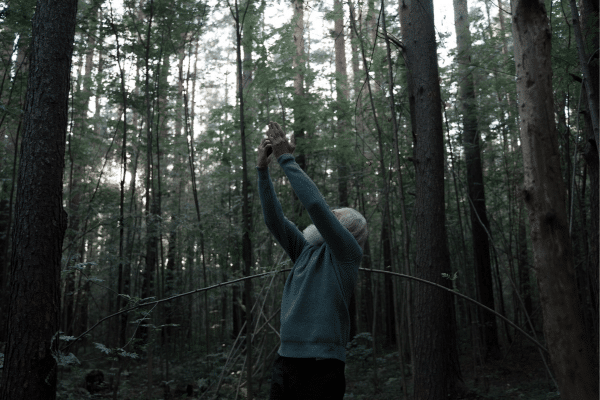
Signaling for help is a critical component of survival strategy, especially when lost or in distress. Visible and audible signals can attract rescuers’ attention, with methods including fires, brightly colored fabrics, mirrors, or loud noises. Each signal type has its best use scenario, like smoke during the day or flares at night. Constructing signals that stand out against the natural background increases the chances of being noticed by rescuers.
Technology can aid in signaling for help, with devices like emergency beacons or cell phones playing crucial roles. However, reliance on electronic devices should be balanced with traditional signaling methods due to potential limitations like battery life or signal coverage. Training in distress signaling techniques ensures preparedness for creating effective signals in various conditions, ultimately aiding in quicker rescue.
Basic First Aid
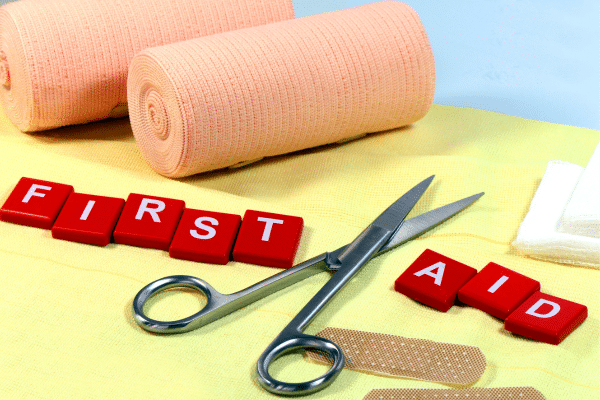
First aid knowledge is indispensable in managing injuries and illnesses in survival situations. Understanding how to treat common injuries, such as cuts, burns, and fractures, can prevent complications and save lives. Techniques for managing severe conditions like hypothermia or heatstroke are also crucial. A well-prepared first aid kit is an essential part of survival gear, containing items like bandages, antiseptics, and medications.
Beyond treating physical injuries, first aid encompasses managing potential health crises until professional help can be reached. Skills like performing CPR, recognizing signs of serious illnesses, and knowing when and how to move injured individuals safely are paramount. Regular first aid training and refreshers ensure these skills remain sharp and accessible when needed most.
The Bottom Line
Survival skills encompass a broad range of knowledge and practices, from finding water and food to navigating unknown terrains and signaling for help. Each skill is a critical piece of the survival puzzle, offering the means to endure and prevail in challenging situations. Continuous learning and practice of these skills are essential for anyone who seeks to be prepared for the unexpected. This post highlights the necessity of survival preparedness, urging individuals to embrace and regularly hone these skills to ensure resilience and self-reliance in the face of adversity.


